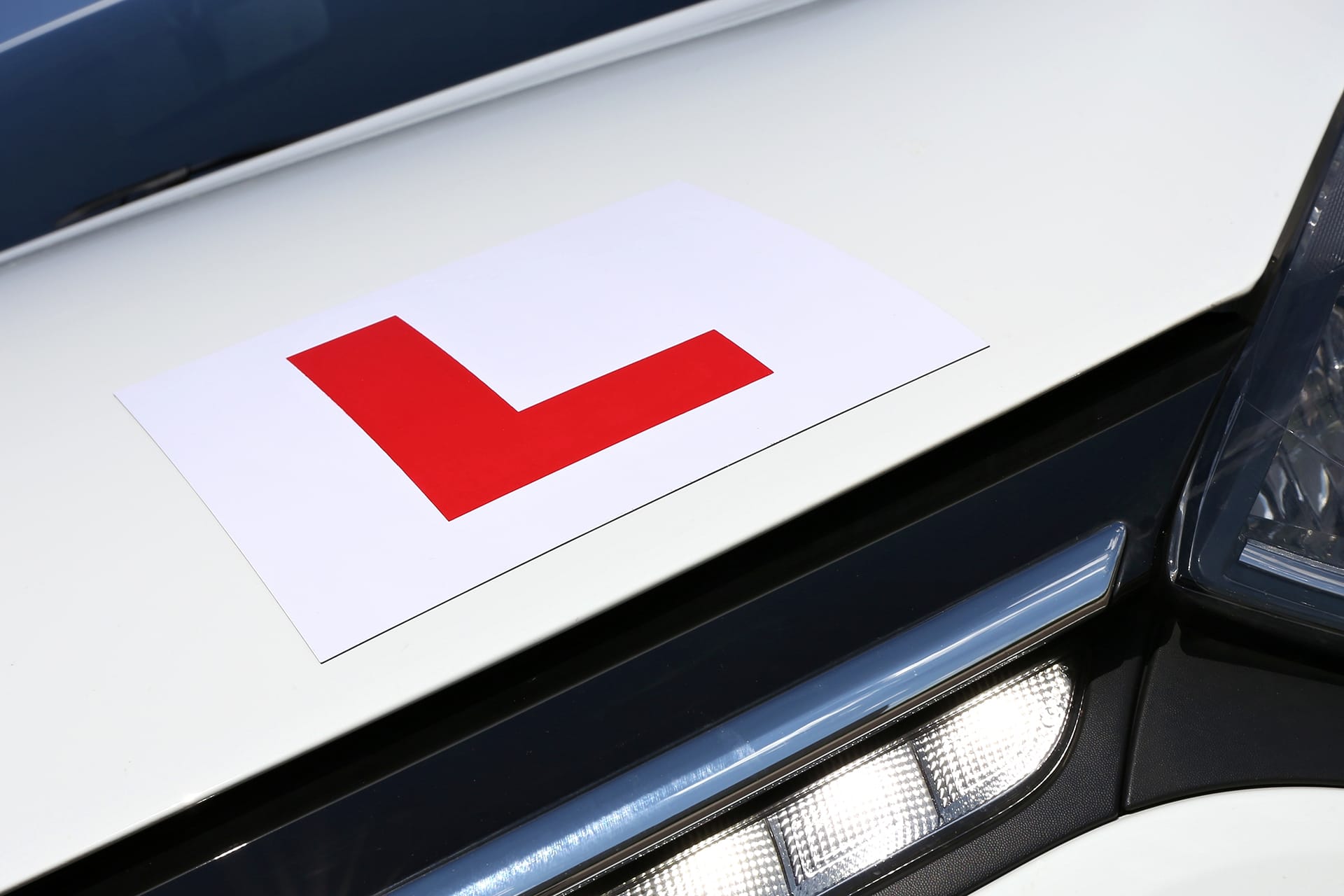For many of us, learning to drive is a crucial step in our adult lives. It can break down barriers to opportunities in education, employment and leisure, as well as grant you a greater sense of freedom and independence. But passing your learner driver test can be a tough, expensive process.
Lessons are pricey, and there’s the risk you could fail at the end and hurt your confidence as well as your bank balance. So how can you give yourself the best possible chance of success? It might be – at least partly – down to timing.
Whether you’ve just turned 17 or you’re a little more mature, learning in the warmer months could help sway the odds in your favour. Below, read why spring to summer is ideal for learning to drive in the UK – plus other factors that might give you the green light.
Lighter nights
Let’s start with the obvious practical arguments. The days are longer in spring and summer than in deepest, darkest winter, giving you more time to practise and build confidence behind the wheel in daylight.
It’s simple: better visibility makes it easier to accurately judge distances and spot hazards. This point is especially useful when driving on tight, busy roads or when practising important manoeuvres – like bay parking and reversing around corners.
Lighter nights are handy if you’re normally busy working or studying in the middle of the day too.
Fewer icy conditions
With temperatures (usually) above freezing in spring and positively balmy in summer, there’s also less chance you’ll encounter ice or snow on the road. Summer is especially ideal for beginners as it offers the best road traction with its mostly dry weather.
With less risk of icy bends and slippery hills under your wheels, you shouldn’t have to worry about skidding while you build experience. If you’re feeling especially nervous, warmer roads will also make intimidating manoeuvres like emergency stops feel that bit less frightening.
Many built-up areas are well gritted when the temperature drops, of course. But the same can’t always be said if you’re learning the ropes in a more rural setting.
You’ll still experience mixed weather conditions
Despite the point above, learning to drive in the UK is a little different to learning in sunny Spain, for example. Spring is famous for its changeable conditions and dry summers are never guaranteed here, so you’ll still experience driving in variable weather and hone your all-round ability.
From flash floods to hail and high winds, driving during inclement weather can help you learn valuable lessons like avoiding aquaplaning – or even simply using your wipers and fog lights. The difference is you probably won’t have to spend every lesson this way!
You’ll pass in time for autumn-winter
There’s no doubt that walking or cycling to your destination is less appealing once colder weather comes around. By picking up skills you need to pass your test in summer, you’ll face fewer wet walks to the bus stop – or cold waits at train stations – in the months afterwards.
This benefit is especially game-changing if you commute long distances to work or study regularly. Even picking up food at the supermarket or heading to the gym becomes less of a hassle. Instead of facing another winter confined to your big coat, you’ll have a warm car waiting outside whenever you need it.
You could bag a bargain
Another reason to start learning at this time of year is the potential for picking up a better deal on a new or used car, providing you know when to buy.
If you’re buying new, it can pay off to shop around at the end of a financial quarter – like June or September. New car dealers have targets and incentives to sell cars quickly, and if they’re lagging behind at the end of a quarter, your chances of scoring a deal will increase.
Shopping at the end of the financial year in March is smart too, as businesses will be keen to boost their end-of-year numbers. Or you could visit a dealer just before new number plates are launched on September 1st and pick up an ‘old’ car from stock.
The supply of used cars, meanwhile, usually increases after March 1st – the other annual date when new number plates are released – meaning you’ll have more choice in spring once they’re processed. In short, there are plenty of opportunities to find a bargain throughout spring and summer!
The case for learning to drive in winter
It wouldn’t be fair if we only presented one side of the story, would it? Plus, there are arguments for why learning to drive in winter can be beneficial too.
The first point is one we touched on earlier; the opportunity to gain experience in a wider range of driving conditions. Driving in winter weather can be intimidating as a new driver, but you’ll likely have to do it at some point. Plus, tackling darkness, ice or snow with an instructor by your side could be preferable to doing it for the first time alone.
There are reasons why driving in the height of summer sometimes isn’t all that enjoyable too. You’re likely to have to contend with the sun’s glare more often and you might face some sweaty drives as a result. And while schools being closed for summer generally eases morning and evening traffic, you could also meet more leisure travellers in the daytime.
Is there really a best time of year for learning to drive?
It could be said that all seasons have their perks for learner drivers. But if you’re completely new to it or lack practise and confidence, it makes sense to build yourself up on dry, non-icy roads. This way you can develop a feel for the basics like clutch control, gears and manoeuvres before getting to grips with adverse conditions.
Other factors when deciding when to learn to drive
In truth, the right time to take to the road depends on several factors beyond the time of year. Here are three extra points to consider:
Your budget
In most cases, the financial cost of learning to drive can’t be swerved. You’ll need to be able to pay for lessons as well as your theory and practical exams, which will prove trickier if you’re not in full-time work. And, of course, you’ll have to pay for a car at some point if you aren’t doing so already.
Think about how long you’ll need to save up and whether you can get help from family or friends, depending on your situation. Bear in mind being able to drive could improve your income opportunities in the future!
Your schedule
Learning to drive is a lengthy commitment that takes even the keenest, most able of drivers a few months to complete. Your availability will likely depend on what else is going on in your life, and there may be times when driving has to take a back seat.
Still, you should aim to avoid leaving long gaps between lessons to stay sharp and retain what you learn. If you’re especially busy right now, it could be worth parking the idea.
Your lifestyle
Finally, you might also want to weigh up how much your current lifestyle dictates that you drive. If you’ve just moved to a city centre with good transport links, for example, it might feel less pressing than if you wanted to search for jobs or start a family.
That being said, there are always likely to be times in the future when being able to drive will make your life much easier.
Why time is of the essence
There are other reasons why starting now could help your case. Learner drivers in the UK are facing long waits for lessons, with four out of five instructors reporting waiting lists – some of six months or more – due to the pandemic creating a backlog.
This means it’s a good idea to start searching for an instructor early. In the meantime, you could prepare in other ways by studying for your learner driver theory test and practising with a parent, guardian or friend. Just make sure they’ve held a full driving licence for three years on the type of vehicle you’re learning in i.e. manual or automatic. You’ll also need learner driver insurance…
Get covered while you practise
Our temporary learner driver insurance allows you to practise driving in your own car or a friend or relative’s vehicle while supervised. Come rain or shine, it’s an easy way to get covered while you build more experience behind the wheel. Are you ready to hit the road?



